 Animals
Animals  Animals
Animals  History
History 10 Most Influential Protests in Modern History
 Creepy
Creepy 10 More Representations of Death from Myth, Legend, and Folktale
 Technology
Technology 10 Scientific Breakthroughs of 2025 That’ll Change Everything
 Our World
Our World 10 Ways Icelandic Culture Makes Other Countries Look Boring
 Misconceptions
Misconceptions 10 Common Misconceptions About the Victorian Era
 Mysteries
Mysteries 10 Strange Unexplained Mysteries of 2025
 Miscellaneous
Miscellaneous 10 of History’s Most Bell-Ringing Finishing Moves
 History
History 10 Great Escapes That Ended Right Back in Captivity
 Weird Stuff
Weird Stuff 10 Fascinating Things You Might Not Know About Spiders
 Animals
Animals 10 Animals That Humiliated and Harmed Historical Leaders
 History
History 10 Most Influential Protests in Modern History
 Creepy
Creepy 10 More Representations of Death from Myth, Legend, and Folktale
Who's Behind Listverse?

Jamie Frater
Head Editor
Jamie founded Listverse due to an insatiable desire to share fascinating, obscure, and bizarre facts. He has been a guest speaker on numerous national radio and television stations and is a five time published author.
More About Us Technology
Technology 10 Scientific Breakthroughs of 2025 That’ll Change Everything
 Our World
Our World 10 Ways Icelandic Culture Makes Other Countries Look Boring
 Misconceptions
Misconceptions 10 Common Misconceptions About the Victorian Era
 Mysteries
Mysteries 10 Strange Unexplained Mysteries of 2025
 Miscellaneous
Miscellaneous 10 of History’s Most Bell-Ringing Finishing Moves
 History
History 10 Great Escapes That Ended Right Back in Captivity
 Weird Stuff
Weird Stuff 10 Fascinating Things You Might Not Know About Spiders
10 Of The Longest Sieges In History
Sieges are devastating, both to the population of the besieged fortress and the attacking forces. Disease, hunger, and death were ripe among both forces. Because of this, the attacking force tried to make it as quick as possible, and most sieges lasted a year at the longest . . . but some sieges lasted decades.
10Siege Of Candia
21 Years
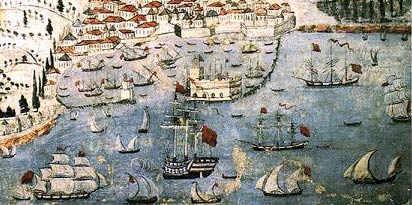
The Siege of Candia (now called Heraklion) in Crete was easily the longest siege in recorded history, lasting 21 years. In other words those born in the first few years of the siege were old enough to fight in its final battles.
In 1644, after the Knights Hospitaller attacked an Ottoman convoy, the Turks responded by sending 60,000 men to assault Candia, which was controlled by the Knights’ allies in Venice. The siege began in 1648. Attempts to lift the siege in 1666 and 1669 both failed. However, the Ottoman efforts to breach the walls also failed. There were no further attempts to lift the siege and Captain General Morosini of Candia was left with only 3,600 fit men. In 1668, he accepted honorable surrender terms which allowed Christians to safely leave the city.
9Fall Of Philadelphia
12 Years

There are few sources on the fall of Philadelphia. No, not that one. We’re talking about a city in Turkey now known as Alasehir. What we do know is that the city resisted a far superior Ottoman force from 1378 to 1390.
The disastrous Byzantine Civil War of 1373 forced Manuel II Emperor of Byzantium to ask the Ottoman sultan for aid. The sultan’s price was Philadelphia, a neutral city under the control of the Knights Hospitaller. The people of Philadelphia apparently didn’t like this idea much and resisted the Ottoman troops, who were forced to lay siege to the city. In 1390, after all other cities of Asia Minor had surrendered to the Ottomans, Philadelphia was still holding out. The Turks were eventually forced to ask for help. After summoning the two leaders of the Byzantine Civil War to the blockade, Sultan Bayezid was finally able to enter the city in 1390, after a 12-year siege, Which we’re sure was just as embarrassing for the Ottomans as it was for the Byzantines.
8Siege Of Ishiyama Honganji
10 Years
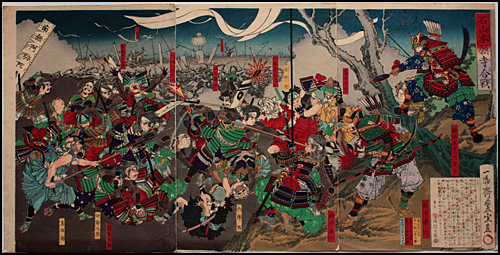
The cathedral fort of Ishiyama Honganji in Osaka, Japan came under attack by Oda Nobunaga in 1570. The extensive defensive network meant that the fortress held out against ferocious siege for a rather impressive 10 years.
In August 1570, the attacking force of 30,000 men built a series of their own fortresses around Ishiyama Honganji. A month later, several of these were destroyed during a surprise attack by the 15,000-strong defending forces. Attempts to starve the fortress failed, as it was supplied from the sea by enemies of Nobunaga. In August 1567, an attempt by 3,000 men to attack the fortress failed—by this point the defenders had erected 51 outposts around the main fortress, easily defending it. In 1578, a fleet was finally able to cut supply lines to the castle. By 1580, the defenders had run out of food and ammunition and were forced to surrender.
7Siege Of Thessalonica
8 years
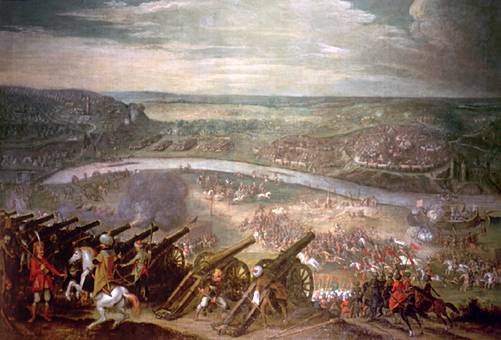
Not wanting to be outdone by warring Japanese factions, the Ottomans once again make it onto the list. In 1422, the Ottoman sultan sought to punish the Byzantines for trying to incite rebellion. The target was Thessalonica in central Macedonia.
The Byzantines handed the city to Venice to oversee the defense. They must have done something right, because it would hold out for eight years. The siege started with a naval blockade, which caused starvation within the city. Thessalonica finally fell in 1430, when the Venetians, not realizing how expensive the defense would be, were unable to raise more than a few thousand defenders when the city came under attack by a massive Ottoman army. Nearly 10,000 citizens were taken as slaves.
6Siege Of Drepana
8 Years
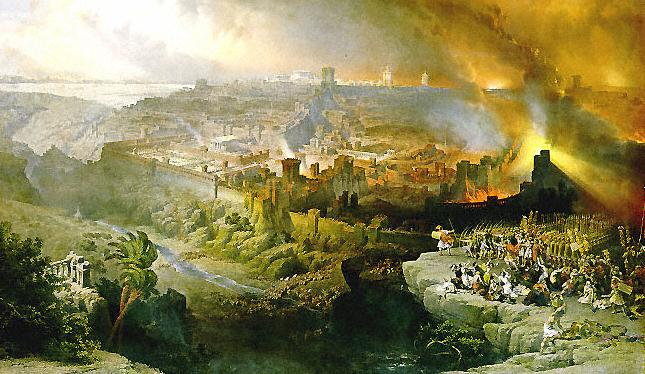
Drepana was a Carthaginian naval fortress that came under attack by the Romans in 249 B.C. Besieged by both land and sea, it was able to hold out against the not-so-mighty Rome until 241 B.C., and the defending forces were even able to destroy an entire Roman fleet.
In all, 120 Carthaginian ships sank or captured 93 Roman ships which had been sent to blockade the port—at the cost of none of their own. This allowed Carthage to resupply Drepana from sea, while it was still being besieged by land. By 241 B.C., the Romans had rebuilt their devastated fleet, intercepting and destroying the main Carthaginian fleet. This led to the end of the First Punic War and the Siege of Drepana.
5Siege Of Solovetsky Monastery
8 Years

The Solovetsky Monastery Uprising was the rebellion of around 800 monks in an awesomely fortified monastery. The monks were members of a sect called the Old Believers, which was formed to protest against church reforms that furthered feudal oppression and monastic serfdom regulations. These men of the cloth embarrassed the Russian tsar by keeping his men at bay from 1668 to 1676.
The monks had popular support, with many peasants from local villages and even Russian soldiers smuggling food and supplies past the blockade. By 1674, over 1,000 Russian soldiers and large numbers of artillery had joined the siege, while the monks had constructed a number of new fortifications. In 1676, a monk betrayed the monastery, showing the Russians a window which they could use to enter and massacre the population. Only 60 defenders survived the assault. The Russians discovered sufficient food in the kitchen for the siege to have gone on for many more years.
4Siege Of Tripoli
7 Years
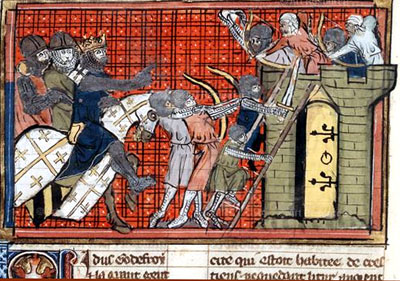
The siege of Tripoli took place in 1102, lasting seven years until 1109. It was an attempt by Raymond IV, the Count of Toulouse, to secure the Holy Land during the First Crusade.
Knowing his 300 men were not enough to take the city, Raymond constructed the Citadel of Raymond de Saint-Gilles in an attempt to block access to Tripoli by land. Tripoli’s ruler, Fakhr al-Mulk, attacked the citadel in September 1104, burning down an entire wing, killing many Franks, and injuring Raymond to the point that he would die five months later. On his deathbed, Raymond and Fakhr came to an agreement—not one that stopped the siege, because that would be far too wise, but one that stopped attacks on the fortress in return for the opening of trade routes with Tripoli. By 1108, bringing food into the city was still hard, many citizens were fleeing, and nobles of Tripoli had sold out vital information about city defenses to the Crusaders (before being executed by the same Crusaders for their efforts). In 1109, with the city still holding, the Crusader King of Jerusalem himself arrived with reinforcements, who eventually took the city.
3Siege Of Harlech Castle
7 Years

By 1461, after the crushing defeat at the Battle of Towton, the Wars of the Roses were, for the interim, effectively over. The Lancastrian faction fled to Scotland and Wales with the House of York quickly chasing after them. The Lancastrian Queen Margaret of Anjou fled to Harlech castle because of its strong natural defenses.
After the coronation of Edward IV, attempts were made to hunt down the last Lancastrians, with various attempts to starve Harlech failing due to the proximity of the castle to the sea. By 1464, all other Lancastrian holdings had fallen and Harlech stood strong as their last remaining stronghold. It held out for four further years against multiple attempts to seize it. The Lancastrians were even able to conduct raids and receive French reinforcements. Finally, in 1468, Edward IV was forced to organize an army of 10,000 men to seize the castle, which was being held by around 50 men. He succeeded—through negotiation. (Go figure.)
2Battle Of Xiangyang
6 Years
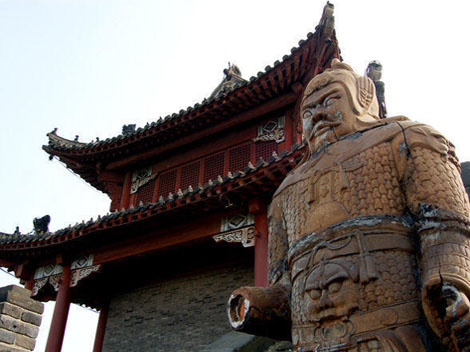
In 1267, the Mongol ruler Kublai Khan ordered his commander Aju to attack the city of Xiangyang. The reason for the attack? They were Mongols, they didn’t need a reason! The 8,000 troops garrisoned in the city were up against 100,000 Mongols and 5,000 ships.
The besieging forces constructed a series of forts to blockade the city, and to act as a base for the 100 trebuchets they had brought with them. The defenders, expecting this, reinforced the wall and made netting covers that absorbed the force of the rocks. From 1267 to 1271, attempts to relieve the city of 200,000 were forced back by Mongol cavalry, leaving the besieged force on its own. In 1272, a force of 3,000 men managed to break through the blockade and supply the city, though there was no way back and the others believed that they had also been lost. The downfall of this impenetrable city came from a single test shot fired by a counterweight trebuchet to try and punch some kind of hole in the wall. The test shot happened to hit a stone bridge, destroying it, and causing the citizens to try and open the gate and flee. Seeing this panic, Aju slaughtered the population of a neighboring city to terrorize the population further, forcing the defenders to surrender.
1Great Siege Of Gibraltar
3 Years, 7 Months
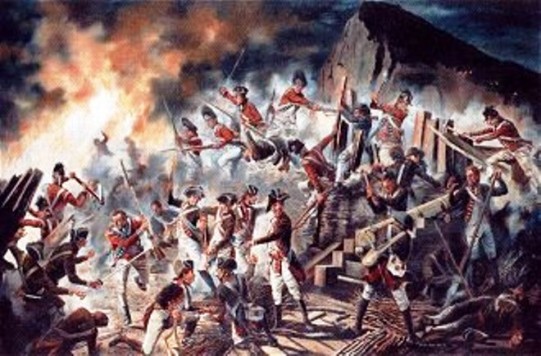
The Siege of Gibraltar was an unsuccessful attempt by the Spanish and French to seize the fortress during the American War of Independence. Not only is this siege notable for being the longest that the British Armed Forces have participated in, but it’s a decisive British victory despite the odds.
By the winter of 1779, the British garrison was low on supplies, meaning that naval relief needed to be sent. After capturing a Spanish convoy and then further proving that he deserved his rank by defeating a Spanish fleet, Admiral George Rodney was able to resupply the garrison by avoiding the Spanish blockade with 129 ships full of supplies. These same ships were again able to dodge the Spanish on the way out, evacuating the civilian population of Gibraltar. On September 13, 1782, 10 French and Spanish floating batteries with 138 heavy guns (as well as 86 land guns, 78 other ships, 35,000 troops, and 30,000 sailors) assaulted the city. The 7,500 British met the floating batteries with hot shots, causing three to blow into mushroom clouds and forcing the enemy to cease the assault. To add insult to injury, a further 65 ships made it past the blockade the next month. In February 1783, the Spanish and French forces retired and Gibraltar was held.
Mark is an award-winning 10 meter swimmer and not-so-award-winning shoe wearer and air breather. His degree in History and Geography doesn’t get him nearly as many women as he had expected. You can find him on Twitter here.








